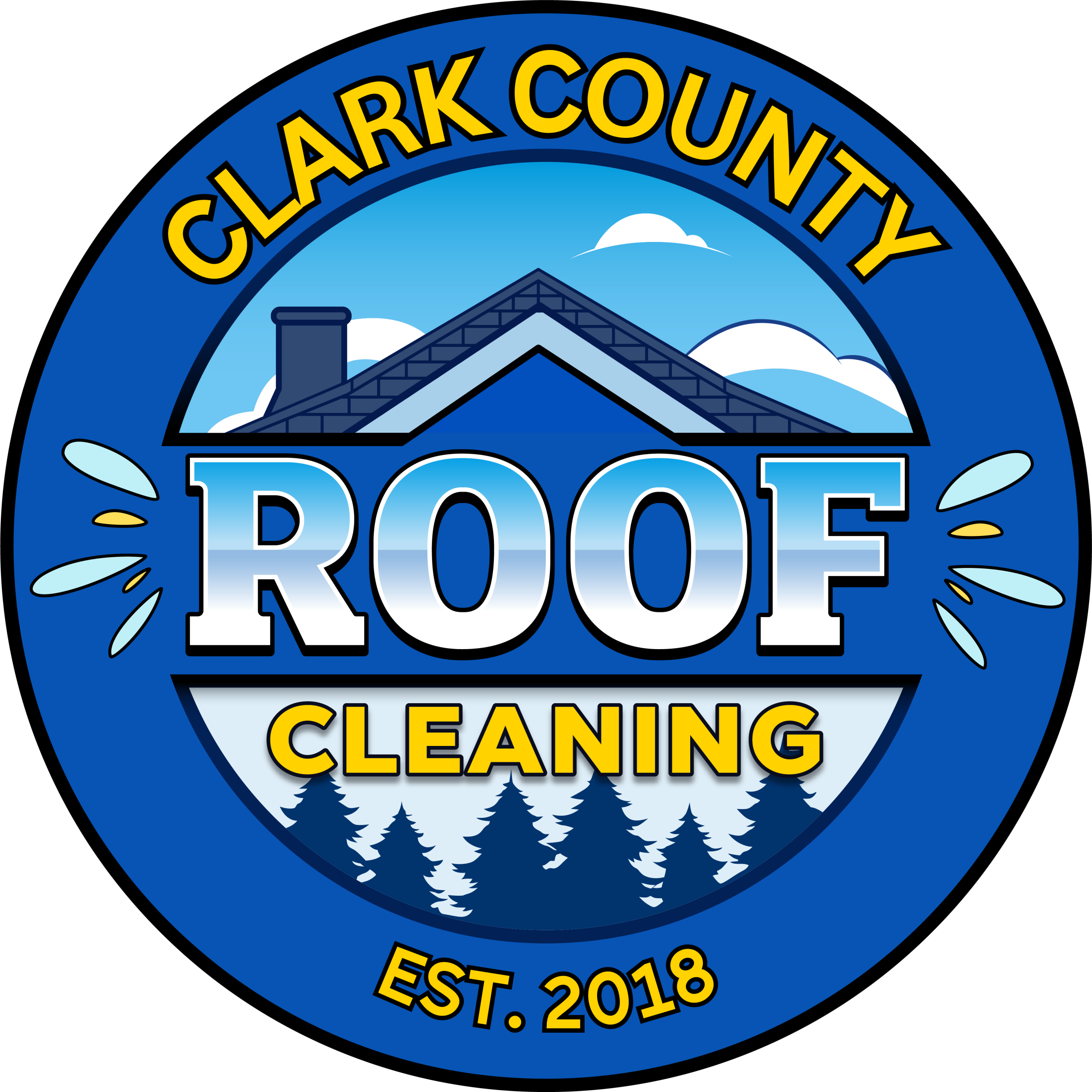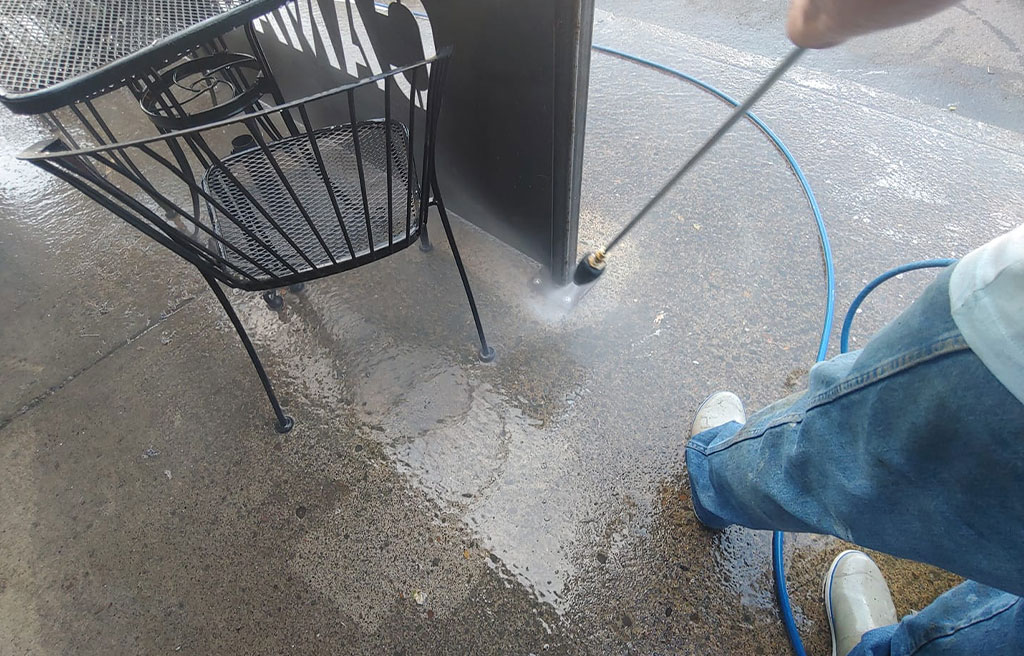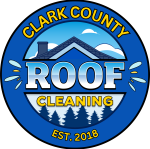Mold and mildew are common culprits when it comes to exterior home maintenance. These unsightly growths not only diminish the aesthetic appeal of your property but also pose potential health risks and can lead to structural damage if left untreated. Understanding the impact of mold and mildew and implementing effective combat strategies is crucial for the well-being and longevity of your home.
The Destructive Duo: Mold and Mildew
Mold and mildew are types of fungi that thrive in damp, humid environments. They reproduce by releasing spores into the air, which can settle on surfaces and take root. When left unchecked, these organisms can cause a range of problems for your home.
Structural Damage
One of the most significant impacts of mold and mildew is their potential to cause structural damage. They can infiltrate porous materials like wood, weakening them over time. This can lead to rotting, warping, and, in severe cases, compromise the integrity of your home’s structure.
Aesthetic Deterioration
Beyond structural concerns, mold and mildew can mar the visual appeal of your home. They often appear as dark spots or streaks on siding, roofs, and other exterior surfaces. This not only looks unsightly but can also decrease the value of your property.
Health Risks
Mold spores can become airborne and be inhaled, potentially causing health issues, especially for individuals with allergies, asthma, or compromised immune systems. Exposure to mold and mildew can lead to respiratory problems, skin irritation, and other allergic reactions.
Combat Strategies: How to Fight Back
Combatting mold and mildew requires a proactive approach that focuses on prevention, regular maintenance, and targeted treatment. Here are effective strategies to keep your home’s exterior mold and mildew-free:
1. Ensure Proper Drainage
Adequate drainage is critical in preventing water from pooling around your home. Make sure gutters and downspouts are clear of debris and direct water away from the foundation. Proper grading around your property can also help prevent water from accumulating near the exterior walls.
2. Remove Organic Debris
Leaves, twigs, and other organic matter provide a fertile ground for mold and mildew growth. Regularly clean gutters, remove debris from roofs, and trim back vegetation that may be too close to your home’s exterior.
3. Maintain Ventilation
Proper ventilation helps regulate humidity levels, which in turn discourages mold and mildew growth. Ensure that attic spaces are adequately vented, and consider installing exhaust fans in bathrooms and kitchens to reduce moisture buildup.
4. Apply a Mold-Resistant Coating
Consider using a mold-resistant coating on vulnerable surfaces. These coatings create a barrier that inhibits the growth of mold and mildew. They can be applied to siding, roofs, and other exterior materials.
5. Regular Cleaning
Regular cleaning is perhaps the most effective way to combat mold and mildew. Pressure washing is an excellent method for removing surface-level growth and preventing further colonization. However, it’s crucial to use the appropriate cleaning solutions and techniques to avoid damaging the surfaces.
6. Professional Inspection and Remediation
If you suspect a more serious mold or mildew infestation, it’s advisable to seek professional help. Experts can conduct a thorough inspection to identify the extent of the problem and implement targeted remediation strategies.
7. Monitor and Maintain
Regular inspections of your home’s exterior can help catch mold and mildew growth early. Promptly address any signs of infestation to prevent further damage.
In conclusion, the impact of mold and mildew on your home’s exterior can be far-reaching, from structural damage to health risks and diminished aesthetics. However, with proper prevention, maintenance, and treatment strategies, you can effectively combat these troublesome growths. By implementing these measures, you not only protect the value and integrity of your property but also create a healthier and more visually appealing environment for you and your family.
Thank you for reading!


